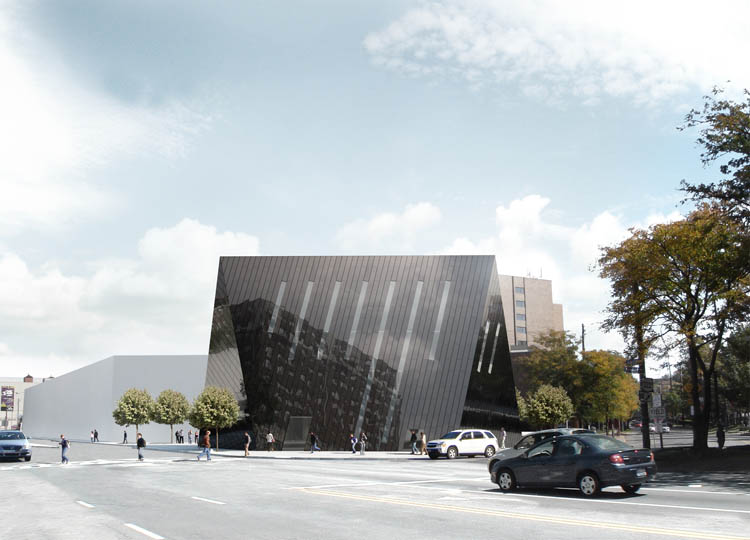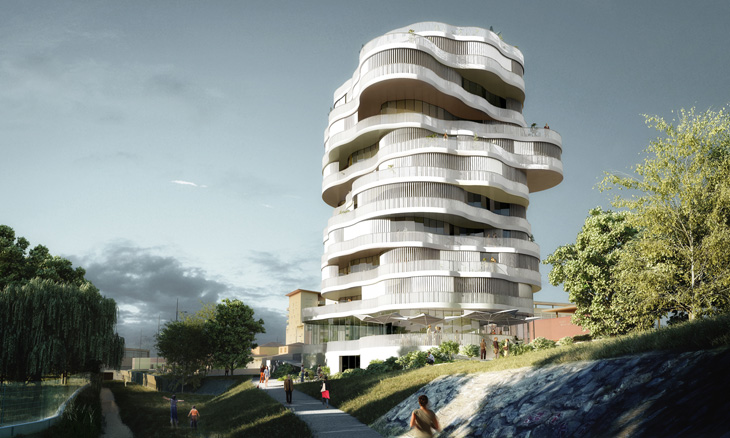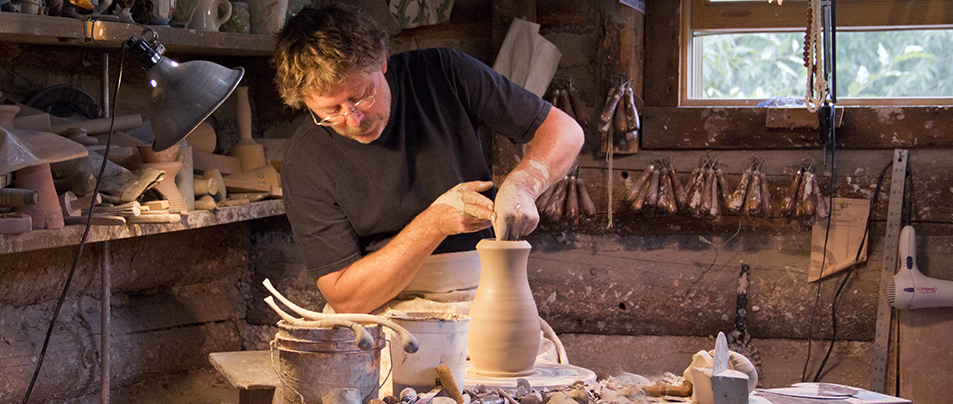| | Farshid Moussavi is Professor in Practice in the Department of Architecture, Harvard University Graduate School of Design. She trained at Harvard GSD, the Bartlett School of Architecture University College London and Dundee University. Moussavi was co-founder and co-principal of Foreign Office Architects before establishing her own practice, Farshid Moussavi Architecture, in London in 2011. Prior to this, she worked with the Renzo Piano Building Workshop in Genoa and the Office for Metropolitan Architecture in Rotterdam. Recognized as an outstanding and committed teacher, bringing a strong intellectual rigor to the discourse on architecture, she has been a visiting professor at UCLA, Columbia, Princeton, and at several architecture schools in Europe; she was also the Kenzo Tange Visiting Design Critic at the GSD in Spring 2005. She taught for eight years at the Architectural Association in London and was the head of the Institute of Architecture at the Academy of Fine Arts in Vienna, where she taught from 2002 until 2005. Moussavi has also served on design and architecture advisory groups for key institutions including the British Council, the Mayor of London’s ‘Design for London’ initiative, the London Development Agency, RIBA’s Gold and Presidential Medals and the Stirling Prize for Architecture. In 2004, she was Chair of Master Jury of the Aga Khan Award for Architecture and has been a member of the Award's Steering Committee since then. Moussavi is a fellow of the Royal Society of Arts and a member of the Board of Trustees of both the Whitechapel Gallery and the Architecture Foundation in London. She published The Function of Ornament in 2006, based on her research and teaching at Harvard and the second volume, The Function of Form, in 2009. In May 2011, Moussavi has founded her new practice, Farshid Moussavi Architecture (FMA). FMA is currently working on a number of prestigious international projects, including the Museum of Contemporary Art in Cleveland, USA and a Quran Museum in Tehran, Iran. Moussavi was previously co-founder and co-principal of the award-winning Foreign Office Architects (FOA). At FOA, Moussavi co-authored numerous critically-acclaimed and award-winning international projects, most notably the Yokohama International Ferry Terminal in Japan, an imaginative combination of industrial infrastructure and social function completed in 2001. Other projects she completed at FOA include, in the UK, a cineplex and pedestrian bridges in Leicester, a College in London and the master plan and infrastructure for the London 2012 Olympic Park; in Spain, a large new park with outdoor auditoriums in Barcelona, a police headquarters in La Villajoyosa, a theater building in Torrevieja, the Zona Franca Offices in Barcelona, a technology center in Logrono and social housing in Carabanchel; the Bluemoon Hotel in Groningen, The Netherlands; the Spanish Pavilion in the 2005 Aichi International Expo, Japan; a retail complex and civic square in Meydan, Istanbul; a publisher’s headquarters in Paju, Korea. FOA represented Britain at the 8th Venice Architecture Biennale in 2002 and was awarded numerous awards including several RIBA Awards, the Special Award for Topography at the 9th Venice Architecture Biennale Award for Architecture, the Kanagawa Prize for Architecture in Japan and the 2005 Charles Jencks Award for Architecture. -http://www.gsd.harvard.edu/#/people/farshid-moussavi.html |
|
0 Comments
In 2016, Anderson Ranch Arts Center will commemorate 50 years as a world leader in the growth and development of the visual arts through innovative workshops, transformative residencies for artists, and critically acclaimed visiting artist projects. This exhibition celebrates the artists who have been active in the development of our programs, contributed to the dialogue that inspires common humanity, and created a campus imbued with a spirit of community, challenge, exploration, and innovation. Whether they have been faculty, residents, students, or staff, these artists have truly embraced the creative, supportive spirit of the Ranch and reached the highest level of critical conversation in contemporary art, creativity, discovery and art making.
Anderson Ranch: Mentoring Artistic Excellence By Doug Casebeer The Aspen area has been a hub of creative thinking for over 70 years. That feeling of artistic vitality nurtured a community need that helped establish the Anderson Ranch Arts Center in the late 1960s. Two important Aspen organizations, The Center of the Eye and The Center of the Hand merged to form the Anderson Ranch. The humble beginnings of the Ranch were rooted in photography and ceramics. The two pivotal artists were Cheri Hiser and Paul Soldner. After several years of bringing his graduate students here for the summers, Paul invited his close friend Sam Maloof to set up the wood shop. In 1971, David Ellsworth became the first artist in resident; working in the wood shop. Our special exhibit celebrates artists that have been participates in developing artistic excellence and artistic merit at Anderson Ranch. They embody the creative community and spirit that is the roots of Anderson Ranch. As anyone can imagine, the Ranch was loose and free in the late 1960s and early 70s. Paul Soldner was chosen by community planners to pick one of the seven working Ranches in the Brush Creek Valley of Pitkin County, Colorado, where arts activities could happen. When I asked Paul about the choice, he would refer to the remarkable views and studio potential from the old Anderson Ranch log buildings. Artists moved in and never departed. Scandinavian farmers and ranchers settled the original homesteads in the late 1880s. These hearty settlers were brought here to support the mining industry. Since the beginning and to this day, creative problem solvers have been raising families and making a life on the Ranch in its old log structures. Anderson Ranch moved in and out of several operating models in the 1970s before landing on the current model of summer workshops, artist residencies and visiting artist projects. In 1984, with a very active and involved board of directors, Brad Miller, the Executive Director, set in motion a direction for operation that supported year-round studio activities and staffing. The early team of Artist Directors was Jim Baker, Peter Korn and Doug Casebeer. As the studios were renovated and spaces were added, programs were developed in printmaking, painting, sculpture, photography, furniture design, critical studies and children’s programs. Architect Harry Teague designed an intentional creative environment where artists of different media could move freely from studio to studio. (read more)
|






